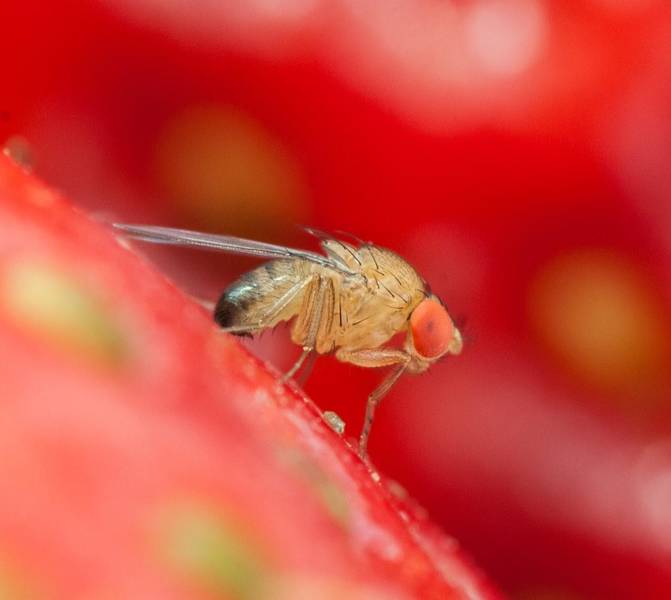Sweet cherries are highly appreciated for their flavor and nutritional value; however, their delicate skin and high respiration rate make them susceptible to rapid degradation.
The search for natural alternatives has been driven by the drawbacks of traditional chemical preservatives, such as resistance and residues.
Among these, phenylactic acid (PLA) has shown potential as a natural preservative to extend the shelf life of cherries, thanks to its antibacterial and antioxidant properties.
Previous studies have already demonstrated that the antioxidant capacity of fruit significantly contributes to preserving its quality, ensuring that the color, flavor, and nutritional components of the cherries are maintained over time.
Research objectives and methodology
The aim of this investigation, conducted by three research centers located in Yantai (China) and Purdue University (USA), was to carry out a comprehensive evaluation of the impact of different PLA concentrations on the flavor, flesh firmness, acidity, soluble solids content, antioxidant capacity, and the onset of diseases in sweet cherries during storage.
Furthermore, this research is important for understanding the potential of phenylactic acid in fruit preservation and will lay the groundwork for the development of natural preservatives that are both safe and non-toxic, thereby extending the shelf life of fresh produce.
In this study, several concentrations of PLA (0, 2, 4, 8, 16 mmol·L⁻¹) were applied to sweet cherries cv 'Stella', which were then stored at 4°C (39.2°F).
In addition to standard quality parameters, in vivo inhibition studies, colony counts, and specific analyses were carried out to evaluate antifungal properties, aromatic compounds, and phenolic content.
Results and effectiveness of PLA
Storage quality, antioxidant capacity, and flavor stability of the cherries were significantly influenced by the 8 mmol·L⁻¹ PLA concentration.
This concentration effectively slowed changes in flesh firmness, total acidity, and soluble solids content, while reducing weight loss and decay, thus highlighting its role in enhancing postharvest quality.
Moreover, PLA treatment increased antioxidant activity and enhanced the function of antioxidant enzymes, thereby reducing oxidative damage and prolonging the shelf life of the cherries.
Gas chromatography analyses showed that PLA treatment helped preserve significant volatile compounds associated with cherry aroma.
Optimal concentration and conclusion
This process promoted the accumulation of certain aromatic compounds while slowing the loss of others, thus preserving desirable aroma characteristics.
Although microbial growth was effectively inhibited at higher concentrations (16 mmol·L⁻¹), these could cause slight surface deformation of the cherries.
As a result, the optimal balance between antimicrobial effectiveness and fruit appearance was achieved at 8 mmol·L⁻¹.
In conclusion, PLA at 8 mmol·L⁻¹ exhibited outstanding antioxidant and antifungal properties, making it a promising natural preservative for cherry storage.
This method stands out as a valid alternative, having proven effective in extending shelf life and enhancing cherry quality.
Source: Front. Plant Sci., 20 December 2024 Sec. Crop and Product Physiology Volume 15 - 2024 | https://doi.org/10.3389/fpls.2024.1529127
Melissa Venturi
University of Bologna (ITA)
Cherry Times - All rights reserved












